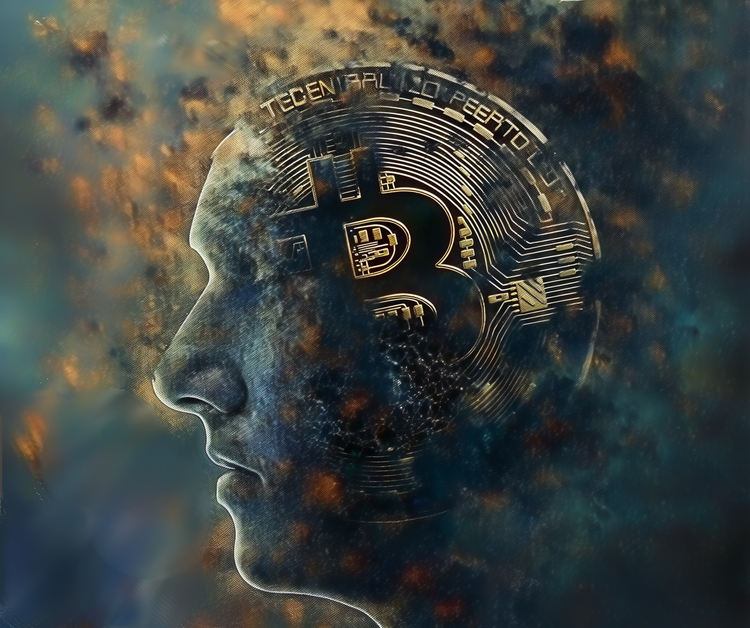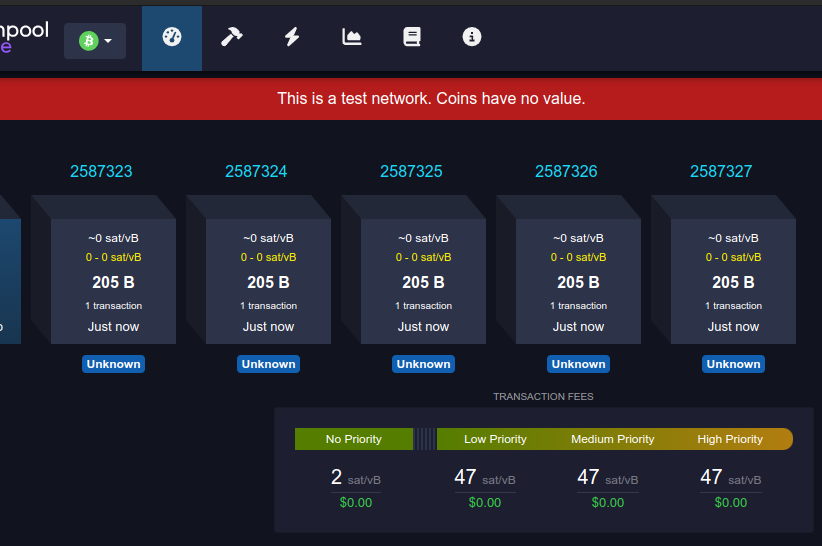Hal Finney Was Not Satoshi Nakamoto

Note: if you'd prefer to watch me deliver this research as a presentation with slides, you can watch my Lugano Plan B keynote here.
The mystery of Satoshi Nakamoto's identity has intrigued countless people ever since the inception of Bitcoin in 2009. Who, the world wonders, would be so gifted that they could solve the Byzantine Generals' Problem? Who, we ask, is so altruistic as to create a new monetary system but not use it to enrich themselves? Who, we question, is sufficiently privacy-conscious that they could pull off these magnificent feats and manage not to leak their true name?

The actual identity of Satoshi Nakamoto is irrelevant to the security, evolution, and future operation of the Bitcoin network. But the speculation of Satoshi's identity does have real-world consequences for those who end up in its crosshairs.
Hal Finney was swatted and extorted in 2014 when he was in poor health.
Dorian Nakamoto's life was upended by Newsweek's baseless speculation in 2014.
A multitude of scammers have taken the opposite route and tried to leech off of Satoshi’s reputation by claiming to be him.

Who do I think is Satoshi? I have my theories, but I shall never share them as it would be irresponsible to do so. Rather, I believe it is in the best interest of Bitcoin to dispel any myths of Satoshi's identity. Let's begin.
The Race
On Saturday April 18, 2009 at 8 AM Pacific time Hal Finney, an avid runner, began a 10 mile race in Santa Barbara, California. We can see his results here:

Why is this noteworthy? Because Satoshi was performing activities at the same time that Hal was running. For the hour and 18 minutes that Hal was running, we can be quite sure that he was not interacting with a computer.
It turns out that early Bitcoin developer Mike Hearn was emailing back and forth with Satoshi during this time. Hearn later published his emails on his web site; you can find a copy archived here.
We can see from the timestamps that Mike emailed Satoshi on Apr 18, 2009 at 3:08 PM and Satoshi replied at 6:16 PM. But what time zone was Mike's email client reporting? Well, Hearn conveniently included his IP address at the time (because one way of sending and receiving bitcoin back then was via direct connection to a peer node's IP address) and his address was 84.73.233.199. A quick lookup shows that this IP belongs to a Swiss ISP.
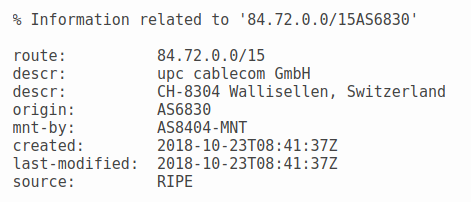
This lines up with the well-established fact that Mike Hearn was working for Google at the time, out of their Zurich office. I additionally confirmed these details directly with Mike during my investigation.
What can we determine from all of this? Satoshi sent the email to Mike at 9:16 AM Pacific time - 2 minutes before Hal crossed the finish line.
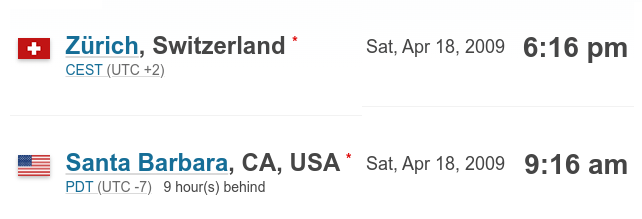
How can we be sure that Hal was actually running in the race and didn't send an imposter to stand in for him? Well, we have third party photographic evidence courtesy of the event photography service, PhotoCrazy (though their site has been offline for many years now.) We can see that his ID number 591 matches the one from the race results database linked above.

There's also a photo taken by Hal's wife:

The Transaction
As seen in the email exchange between Mike Hearn and Satoshi, Satoshi sent 32.5 BTC to Mike Hearn via transaction 6a679898780f5d99f0ffa12573b855e0dc470956406eb8b82690b688fa19200f which was confirmed in block 11,408 at 8:55 AM Pacific time on April 18, 2009. Satoshi then replied to Mike's email 20 minutes later.
The previous block (11,407) was mined at 8:28 AM Pacific time, thus the transaction was likely created, signed, and broadcast during the window between 8:28 AM and 8:55 AM.
Blocks 11407, 11408, and 11409 (in blue) were all mined by Patoshi (likely Satoshi.)
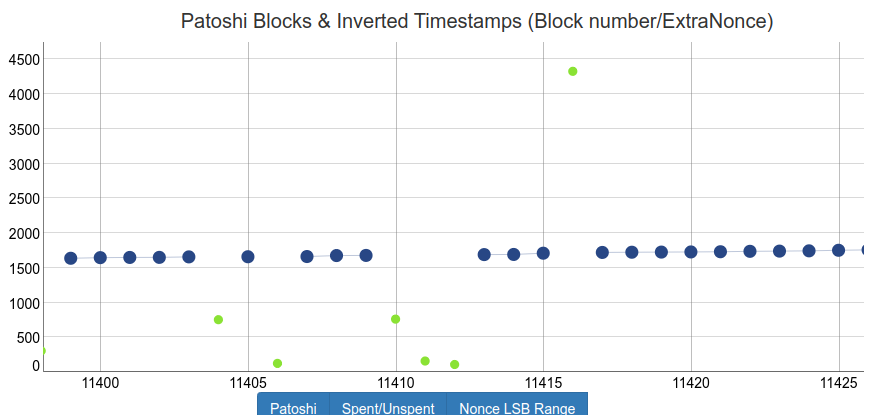
The previous block 11,406 was minted by an unknown miner at 8:08 AM; it's safe to assume that if the transaction had been broadcast and was in node mempools at that time, it would have been confirmed at 8:08.
Potential Objections
“Mike Hearn is untrustworthy”
- Hearn published the full emails in 2017 after many distrusted him due to disagreements during the multi-year scaling debates.
- Hearn actually shared the first of the emails on the Bitcoin Foundation forum in December 2012.
- Hearn's emails are the strongest evidence, but not the sole evidence, as we'll see shortly.
- Mike's own words on the matter.
I thought these emails had been published already, because I had forwarded them to a project that was archiving Satoshi's emails years ago. When CipherionX asked me for these emails again, he told me they'd actually never been uploaded anywhere and so I forwarded them once more.
The emails are real. As others have noted, I quoted parts of them in various conversations stretching over many years. It would have required vast planning to have set up such a forgery and there is no reason to do so.
“Hal could have scripted the emails and transactions.”
Sure, but Occam’s Razor applies. Why go to such lengths to sow disinformation in a private communication? It would have been far simpler for Hal to have just responded at a different time rather than leaving this proverbial needle in the haystack that would have never been revealed had Hearn not published the emails.
“Hal could have been one member of a group.”
Sure, but Occam's Razor again. As Benjamin Franklin noted: “Three can keep a secret, if two of them are dead.” In all my time researching Satoshi, I've yet to come across any evidence suggesting it was a group. If it was a group, then they all operated on the same sleep schedule, consistent across code commits, emails, and forum posts.

“The early blockchain history could have been rewritten.”
Technically true, though 3 hours later Mike sent BTC back & confirmed via email. The timestamp activity of the emails and blockchain line up.
“Someone else could have been running the race in Hal’s place.”
As seen above, we have photographic evidence from multiple parties that shows otherwise.
Singularity Summit 2010

Hal attended the Singularity Summit in San Francisco on August 14th and 15th of 2010. We can see his wife published this post about it a few days later.
This past year, Hal and I have had to completely alter projections of our future together. Hal was diagnosed with ALS (Amyotrophic Lateral Sclerosis, better known in the US as "Lou Gehrig's Disease"). Since his diagnosis in August of 2009, Hal has physically changed in very obvious ways. His speech has become slow, quiet, and labored. His typing has gone from rapid-fire 120 WPM to a sluggish finger peck. His weekly running (50-60 miles per week in February 2009) stopped being possible in November of 2009, and now Hal gets around in a motorized wheelchair. Eating, always a pleasure before, is now a challenge - much concentration is involved to avoid choking. The most recent and worrisome manifestation of the weakening in Hal's voluntary muscles is his breathing. However - all of these changes have been to Hal's body. The machine that Hal's brain controls through efferent output to interact with the environment. Inside, he is the same brilliant guy I have known for well over half of my life.
She specifically talks about how Hal can barely type at this point.
What was Satoshi doing on August 14 and 15 of 2010? Satoshi was quite active, with 4 code check-ins and 17 forum posts. You can view my compilation of all publicly known Satoshi activity timestamps here.
The IP Address
In the initial days of Bitcoin, the client connected to an IRC (Internet Relay Chat) room in order to discover IP addresses of peer nodes to connect and thus join the network. For this reason the debug log becomes crucial for the investigation. It reveals IP addresses of 3 users who were connected to the IRC on January 10, 2009 - the day after Bitcoin launched. As far as we know, Satoshi and Hal were the only two people working on the project during that time.
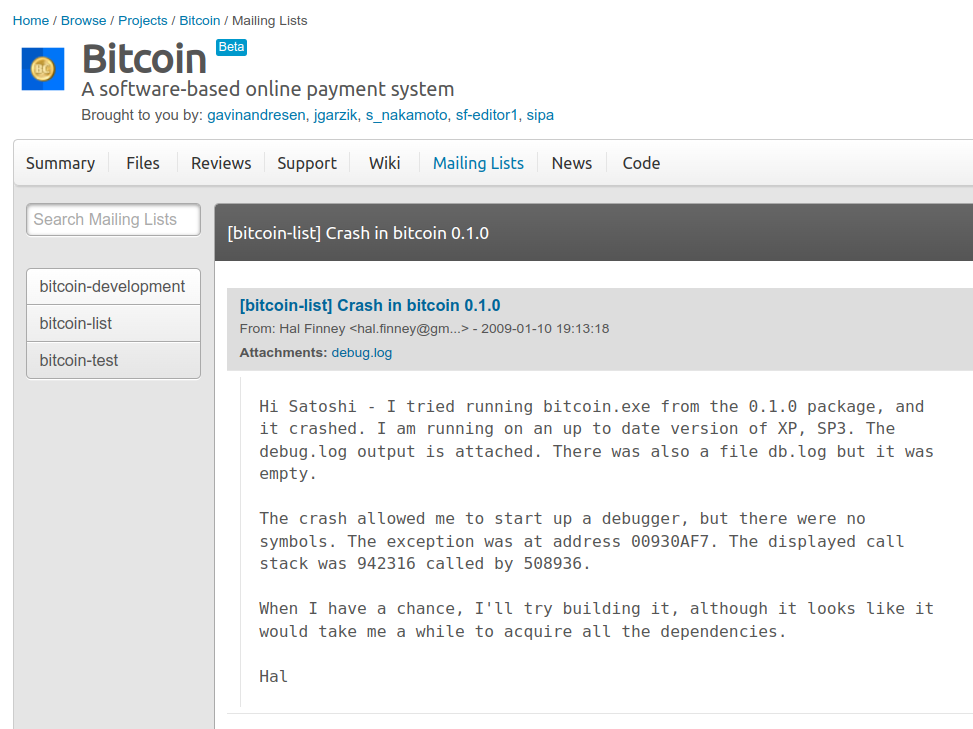
The debug log is quite verbose, so I'll point out the relevant lines:
[@u4rfwoe8g3w5Tai] is the operator of the IRC channel (Satoshi)
[uCeSAaG6R9Qidrs] CAddress(207.71.226.132:8333) - this is Hal. We know this from the 2 log lines:
GetMyExternalIP() received [207.71.226.132] 207.71.226.132:8333
SENDING: NICK uCeSAaG6R9Qidrs[u4rfwoe8g3w5Tai] new CAddress(68.164.57.219:8333) - this is the only other node, also the operator of the IRC channel.
What can we determine from these IP addresses?
Hal Finney’s IP can be identified easily as he has hosted his website at the same IP address. Data source can be found here.
IP Address: 207.71.226.132
State/Region: California
Country: United States
Reverse DNS: 226-132.adsl2.netlojix.net
Host/ISP: Silicon Beach Communications
Domains Hosted on IP 207.71.226.132
- finney.org
- privacyca.com
- franforfitness.com
Could other people have been running nodes? Sure! Though the debug log shows not one, not two, but three boot-ups of Hal's node, and it receives the same peer IP address every time. It appears unlikely that anyone else was running a node at this time.
We can note that:
- Satoshi’s IP address doesn’t appear to be a tor exit node (I can't find that IP address in publicly available historical lists of tor exit node IPs)
- Satoshi’s IP belonged to a different ISP than Hal’s, though also in California.
I think it's reasonable to ask ourselves the following:
- If Hal was privacy conscious, why publish this info?
- If Hal was Satoshi, publishing disinformation, why not make their IP in a different state or country?
Satoshi's Email to Martti Malmi (Sirius)
In July 2009, Satoshi, in one of many email correspondences with Martti Malmi, made a comment about Hal. This is effectively a denial from Satoshi that Hal was the same person.
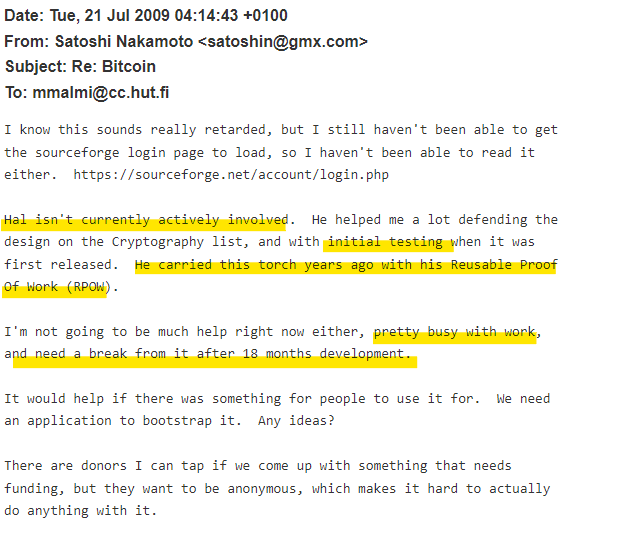
Inconsistencies in Coding Styles
Some have claimed stylistic similarities between Hal’s and Satoshi’s public writing, but I know nothing of stylometric analysis thus I can't comment on the veracity of that claim. What I can confidently state is that their code is quite different.
We can compare Hal’s Reusable Proofs of Work code against the original Bitcoin client and several differences are immediately apparent.
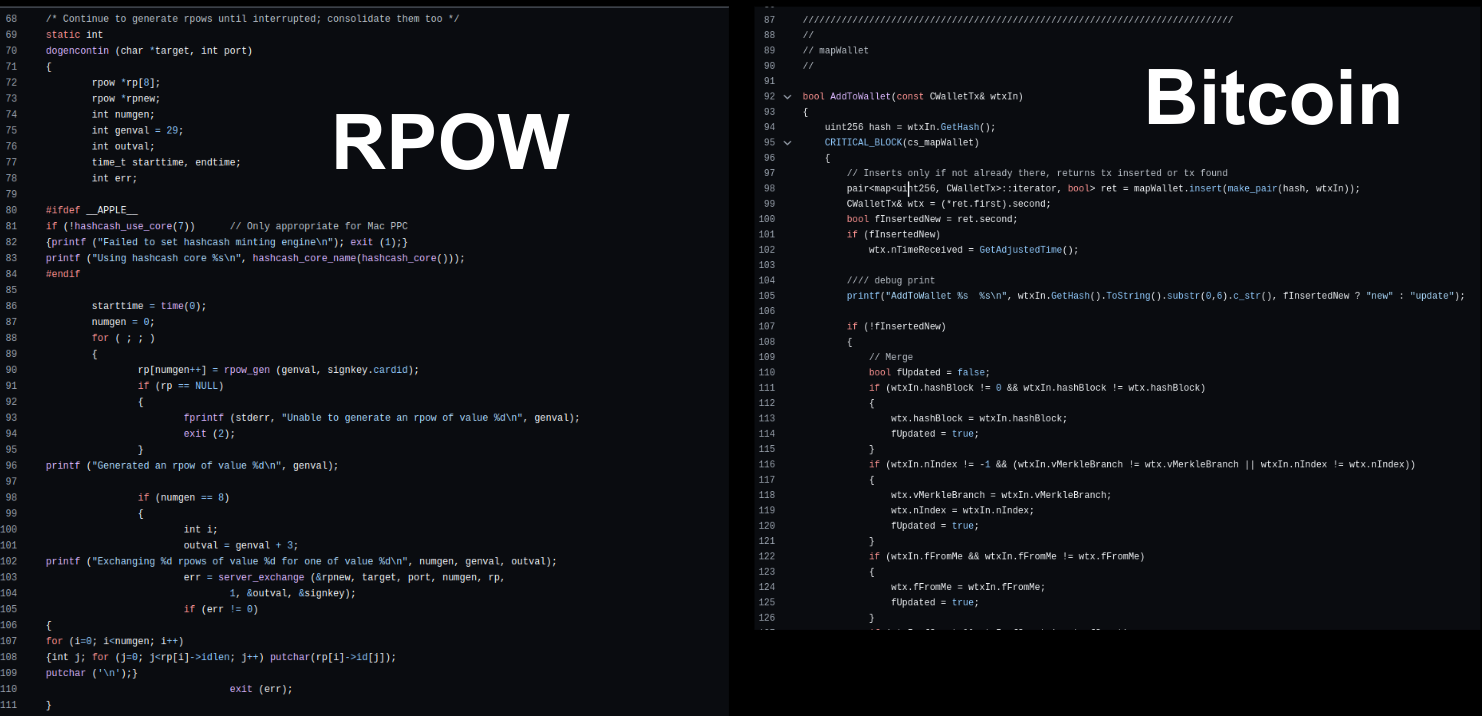
- Hal used tabs while Satoshi used spaces (this is a massive never-ending debate between developers)
- Hal preferred his debug statements not to be indented while Satoshi’s maintained indentation with surrounding code
- Hal made comments with block style multi-line markers while Satoshi preferred to create many single-line comments with double slashes
- Hal used snake_case for his function names while Satoshi used camelCase
There are probably far more differences that are more subtle, but these jumped out from just a few minutes of eyeballing the codebases.
Inconsistencies in Personas
There are a few points about Satoshi's and Hal's perspectives that don't line up, and it would have required a pretty creative writer to keep their personas distinct. For example:
Thinking about how to reduce CO2 emissions from a widespread Bitcoin implementation
— halfin (@halfin) January 27, 2009
Are we to believe that Satoshi had been working on Bitcoin for a year (if not years) but suddenly started being concerned about CO2 emissions?
Hal actually didn't seem to be a huge fan of proof of work. Remember that he created Reusable Proofs of Work - he explicitly stated that he did not like the idea of a widespread implementation of hashcash.

Also, it appears that Satoshi Nakamoto only learned about Nick Szabo’s "bit gold" idea from Hal Finney’s first reply to the whitepaper announcement post on the cryptography mailing list.
I also do think that there is potential value in a form of unforgeable token whose production rate is predictable and can't be influenced by corrupt parties. This would be more analogous to gold than to fiat currencies. Nick Szabo wrote many years ago about what he called "bit gold" and this could be an implementation of that concept.
Once again, this level of "character development" for alternate personas is a pretty big ask for someone who is not a professional fiction writer.
Hal Finney was not actually a particularly private person. According to his wife, Hal was a huge privacy advocate and believed everyone had the right to privacy. But privacy is the ability to selectively reveal yourself to the world, and Hal was quite open about his dealings.
In terms of being privacy conscious, most of the other Satoshi contenders are far stronger candidates with regard to this attribute.
Inconsistencies in Activity Gaps
Satoshi had 2 lengthy gaps in their public activity:
- From 2009-03-04 16:59:12 UTC to 2009-10-21 1:08:05 UTC
- From 2010-03-24 18:02:55 UTC to 2010-05-16 21:01:44 UTC
We can see that Hal Finney kept posting during those periods:
While this doesn't prove anything, it's yet another difference in the characteristics of Hal and Satoshi.
Hal was a Legend, Just not That Legend
We should all aspire to be like Hal Finney.
1) I recommend that every Bitcoin enthusiast reads Satoshi's original announcement email thread in its entirety: https://t.co/wt0X5w2ulc
— Jameson Lopp (@lopp) April 17, 2016
Check out the reactions to Satoshi's announcement of Bitcoin on the cryptography mailing list.
First response: "your system doesn't scale."
Second response: "honest nodes won't control the network. Bad guys with zombie farms will take it over."
Third response: “I think the real issue with this system is the market for bitcoins. Computing proofs-of-work have no intrinsic value. We can have a limited supply curve but there is no demand curve that intersects it at a positive price point.
Hal arrives: “Bitcoin seems to be a very promising idea. I like the idea of basing security on the assumption that the CPU power of honest participants outweighs that of the attacker. It is a very modern notion that exploits the power of the long tail. When Wikipedia started I never thought it would work, but it has proven to be a great success for some of the same reasons.”
Hal was an optimist, a builder, and a thoughtful collaborator. He made great contributions to cypherpunk projects like anonymous remailers, PGP 2.0, Reusable Proofs of Work, and Bitcoin. Open source projects need people like Hal.
This is Good for Bitcoin
Some will surely claim that the prior points do not constitute incontrovertible proof that Hal was not Satoshi. Indeed, proving a negative is often an impossible task. But I find the aggregate of all the evidence to provide so much doubt that a reasonable person would conclude that it's far more likely that Satoshi was someone else. After months of research I have been sufficiently convinced that I am willing to stake my reputation upon this claim.
Bitcoin is better off with Satoshi's identity remaining unknown. A human can be criticized and politically attacked. A myth will withstand the test of time.
— Jameson Lopp (@lopp) August 12, 2023

It is better for Bitcoin that Satoshi not be a man, for men are fallible, fickle, and fragile. Satoshi is an idea; it is better that all who contribute to Bitcoin be an embodiment of that idea. As such, I pose to you that it is to the benefit of Bitcoin that we crush any myths of Satoshi’s true identity.
Satoshi Nakamoto is Dead
Long Live Satoshi Nakamoto
Credits / Prior Works:
Alyssa Blackburn and Erez Aiden at Aiden Lab for their research into early miners and discovery of the Satoshi transaction / Finney race overlap.
Satoshi Nakamoto and the Origins of Bitcoin – The Profile of a 1-in-a-Billion Genius.
Satoshi in California: analysis of the debug.log IP addresses.
Sergio Lerner's Patoshi Pattern Research



